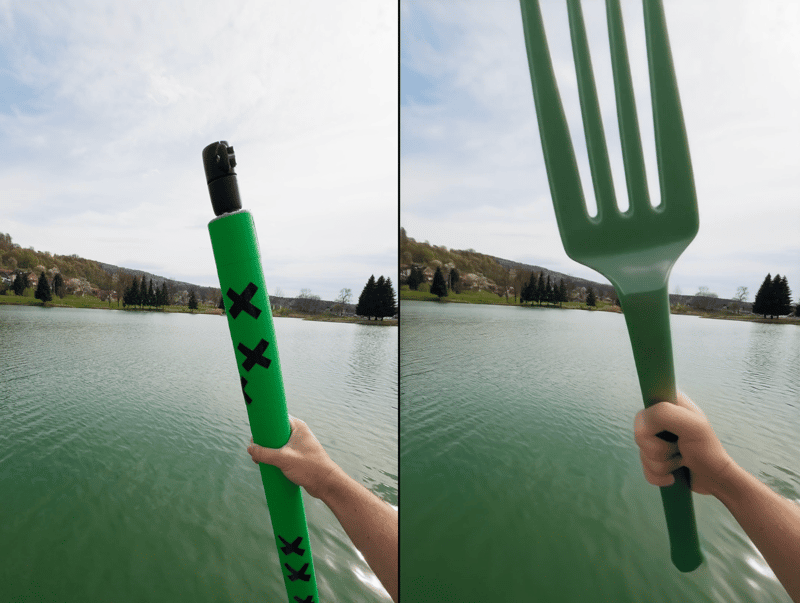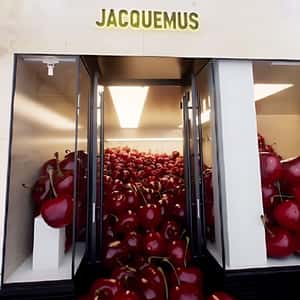Pikatwists by Pika AI: How to Quickly Test VFX Ideas in Your Own Videos
The newest Pika AI tool edits real footage with a single prompt. Here’s how it performed in an actual FOOH VFX test.

Pikatwists is the latest AI video editing feature from Pika AI Labs. Just released, it already is making waves with its promise: Replace and transform objects in your own video footage with just a text prompt.
No tracking. No masking. No 3D software.
Naturally, we had to test what it could bring to the table for our FOOH pipeline – especially for concept testing and early-stage mockups.
Want to read more about different AI tools for marketing and how they can support your FOOH production? Read all about it in our Pika AI Review: A VFX Artist Take on It’s Strengths (and Limit’s) for CGI Ads.
What is Pikatwists?
At first glance, Pikatwists looks a lot like Pikaswaps. Both Pika AI tools let you modify existing video clips by describing what should change. But while Pikaswaps often struggles with accuracy – half-completed edits, broken tracking, or nconsistent overlays – Pikaitwists is noticeably better at understanding full objects and keeping the scene intact.
That’s what makes it interesting for previsualization. It doesn’t give you manual control or fine-tuned VFX passes. But it does give you a working concept version, in seconds.
So we ran a side-by-side test.
Testing the idea first in Pikaswaps
We started with a simple prompt for our footage that showed a green stick with tracking markers and told PikaSwaps to replace the green stick with a giant fork.
Using Pikaswaps, the result was patchy. It added something to the lower end of the stick, but the rest – especially the top – remained unchanged. The object didn’t fully transform, and the integration felt incomplete.
Technically, the movement of the added element tracked reasonably well but it looked nothing like a fork. The background was also slightly altered, and the illusion didn’t hold up.
Even as a quick mockup, it missed the mark.
Try it again, but in Pikatwists
We took the same footage and prompt and ran it in Pikatwists.
The difference was clear:
The green stick was fully replaced by the fork
The fork tracked well with the original shot
Background lighting and elements remained untouched
Follow-up prompts allowed us to tweak the fork’s size and direction, though with the side effect that the hand had a slightly odd look.
Note: One background element, a pier, didn’t update in a later prompt. Possibly due to stacking multiple instructions. But overall, the result was far more usable.
Final Thoughts: Great for testing. Not for final shots.
Now, before you get too excited thinking this will replace essential post-production steps in FOOH: it won’t, at least not yet.
This tool doesn’t give you camera logic, consistency across shots, or precise art direction. What it does give you is a fast, conceptual shortcut. And in the early stages of FOOH ideation – where you need to move fast, explore options, and pitch visual hooks – it hits the sweet spot.
For FOOH creators and agencies, that’s exactly what makes it valuable.
So if you need a fast, functional result to test or sell an interesting FOOH idea Pikatwist is well worth having in your kit.
Building an ad concept? Use the FOOH Collections to save, organize, and share the best fake out-of-home campaigns with your team or clients – all in one place.



